
How to Use DISJUNTOR BIPOLAR: Examples, Pinouts, and Specs
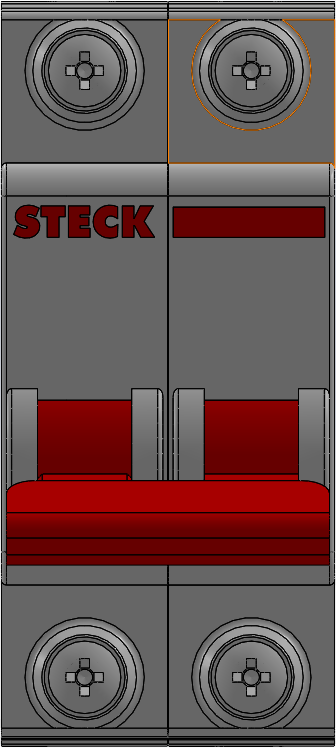
 Design with DISJUNTOR BIPOLAR in Cirkit Designer
Design with DISJUNTOR BIPOLAR in Cirkit DesignerIntroduction
The DISJUNTOR BIPOLAR by STECK is a high-quality bipolar circuit breaker designed to protect electrical circuits from overloads and short circuits. It achieves this by interrupting the flow of current when abnormal conditions are detected, ensuring the safety of electrical systems and connected devices. This component is widely used in residential, commercial, and industrial applications where reliable circuit protection is essential.
Explore Projects Built with DISJUNTOR BIPOLAR
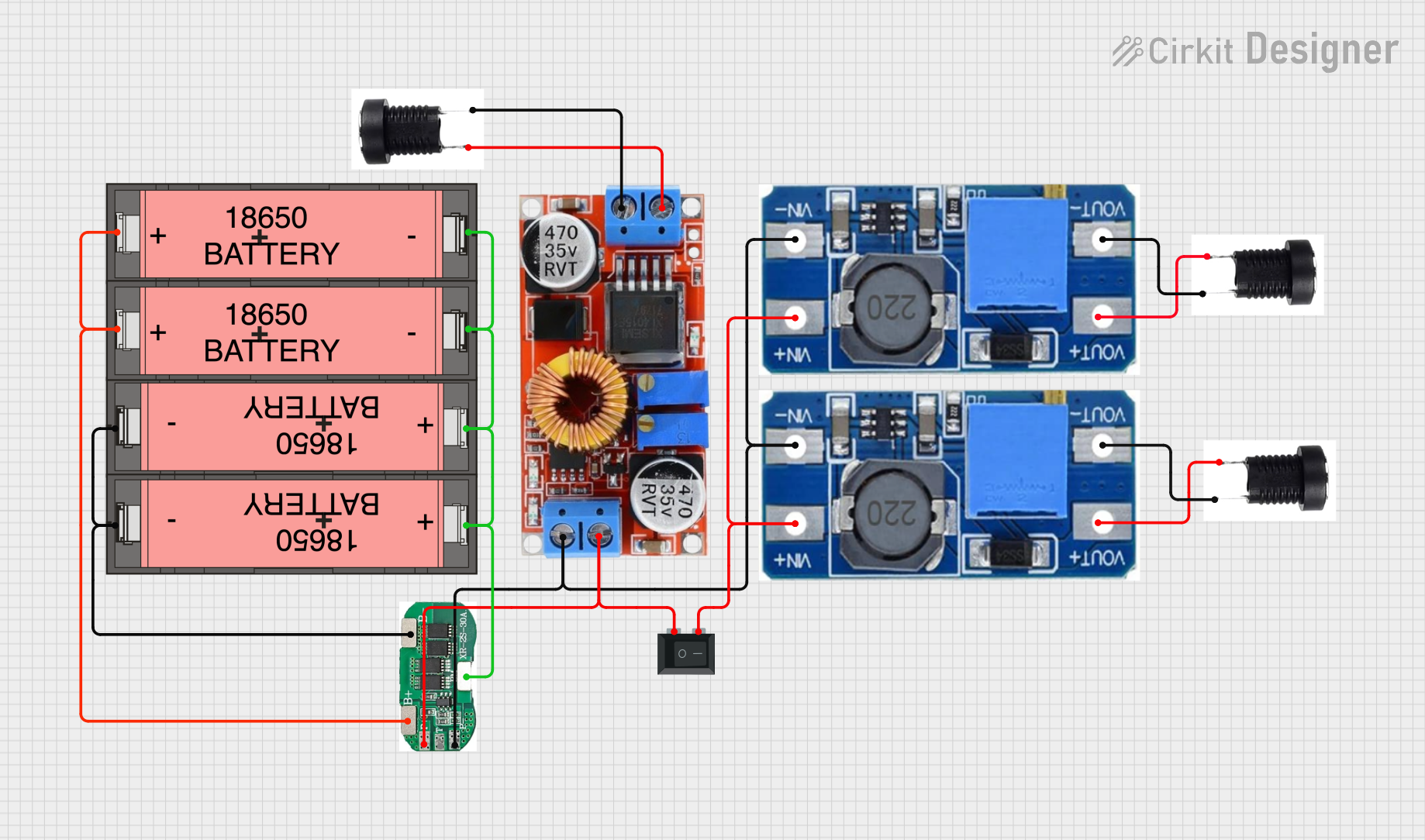
 Open Project in Cirkit Designer
Open Project in Cirkit Designer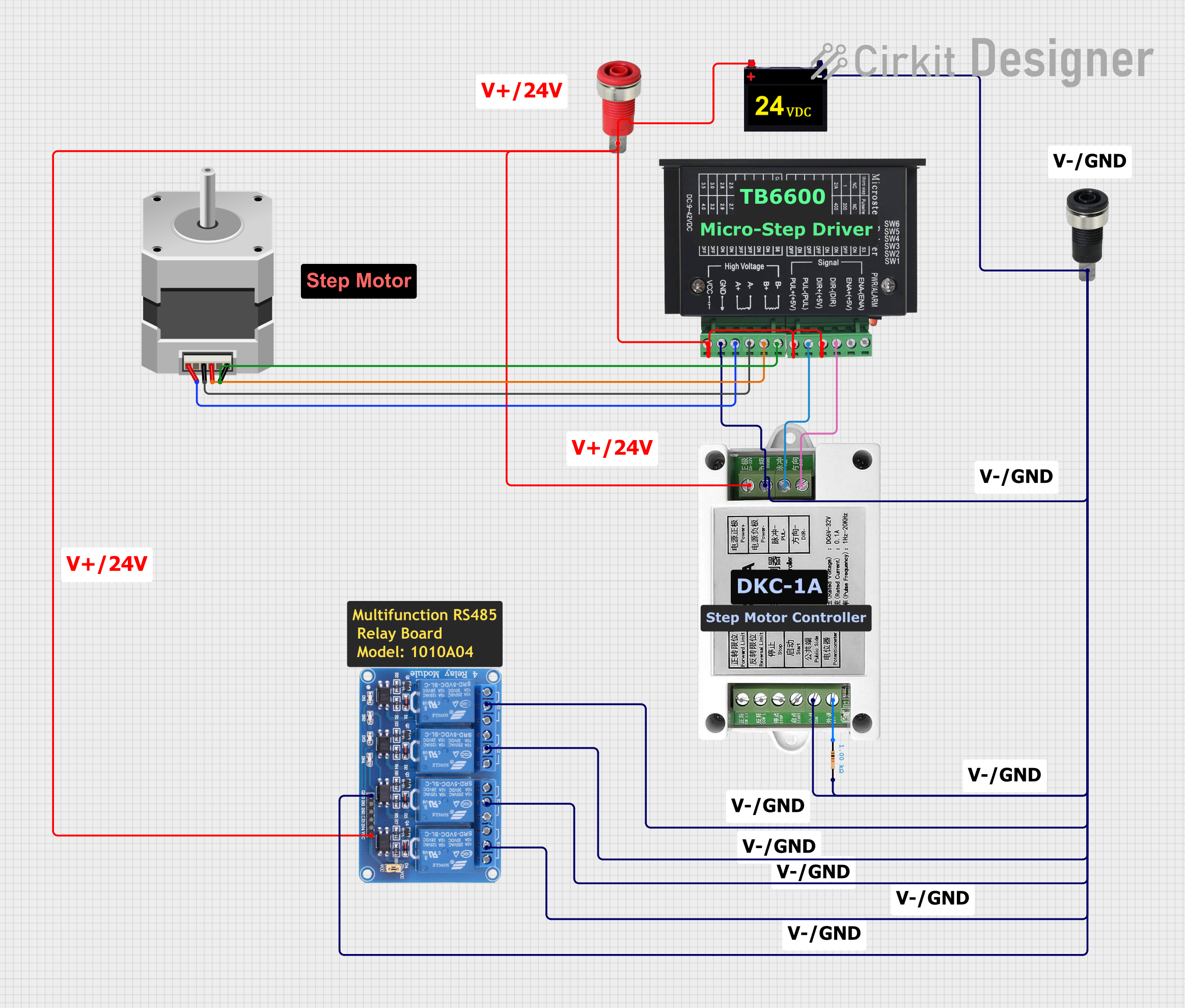
 Open Project in Cirkit Designer
Open Project in Cirkit Designer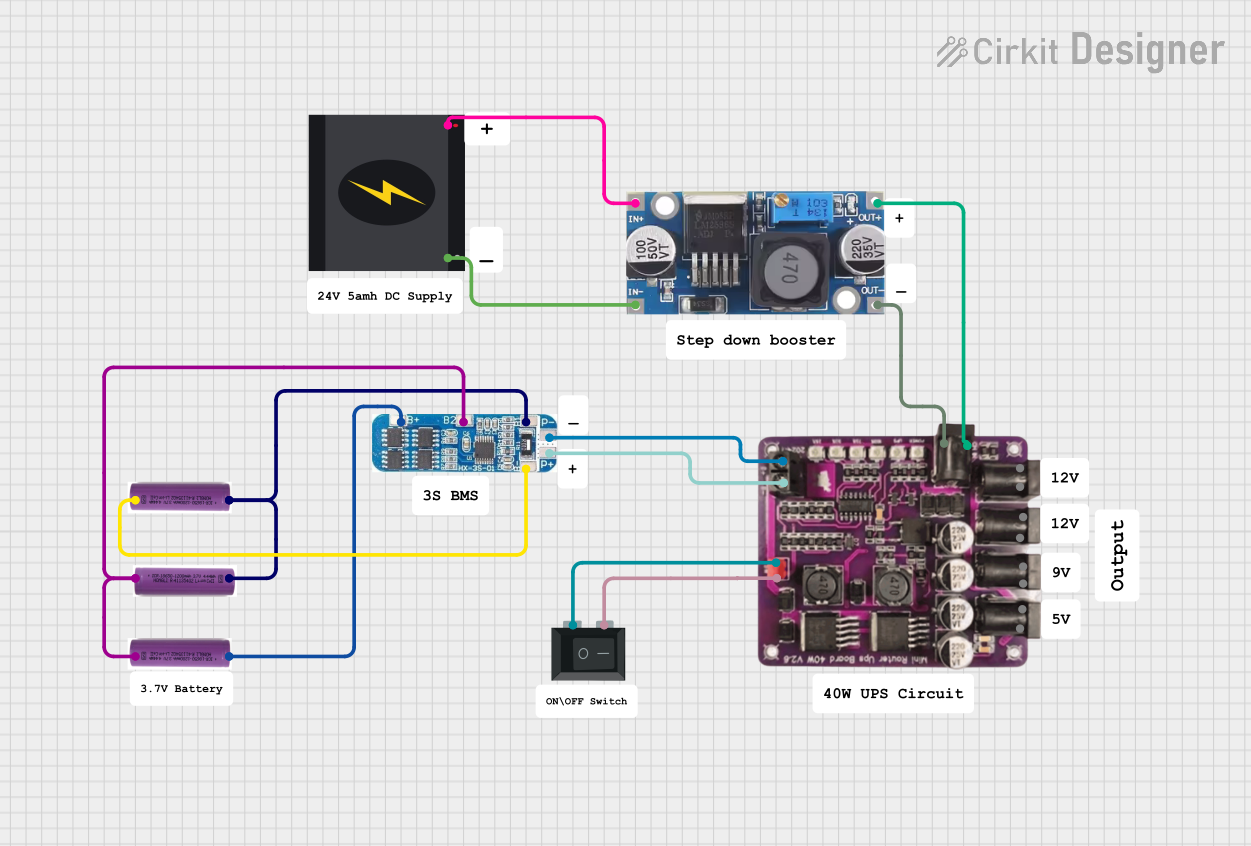
 Open Project in Cirkit Designer
Open Project in Cirkit Designer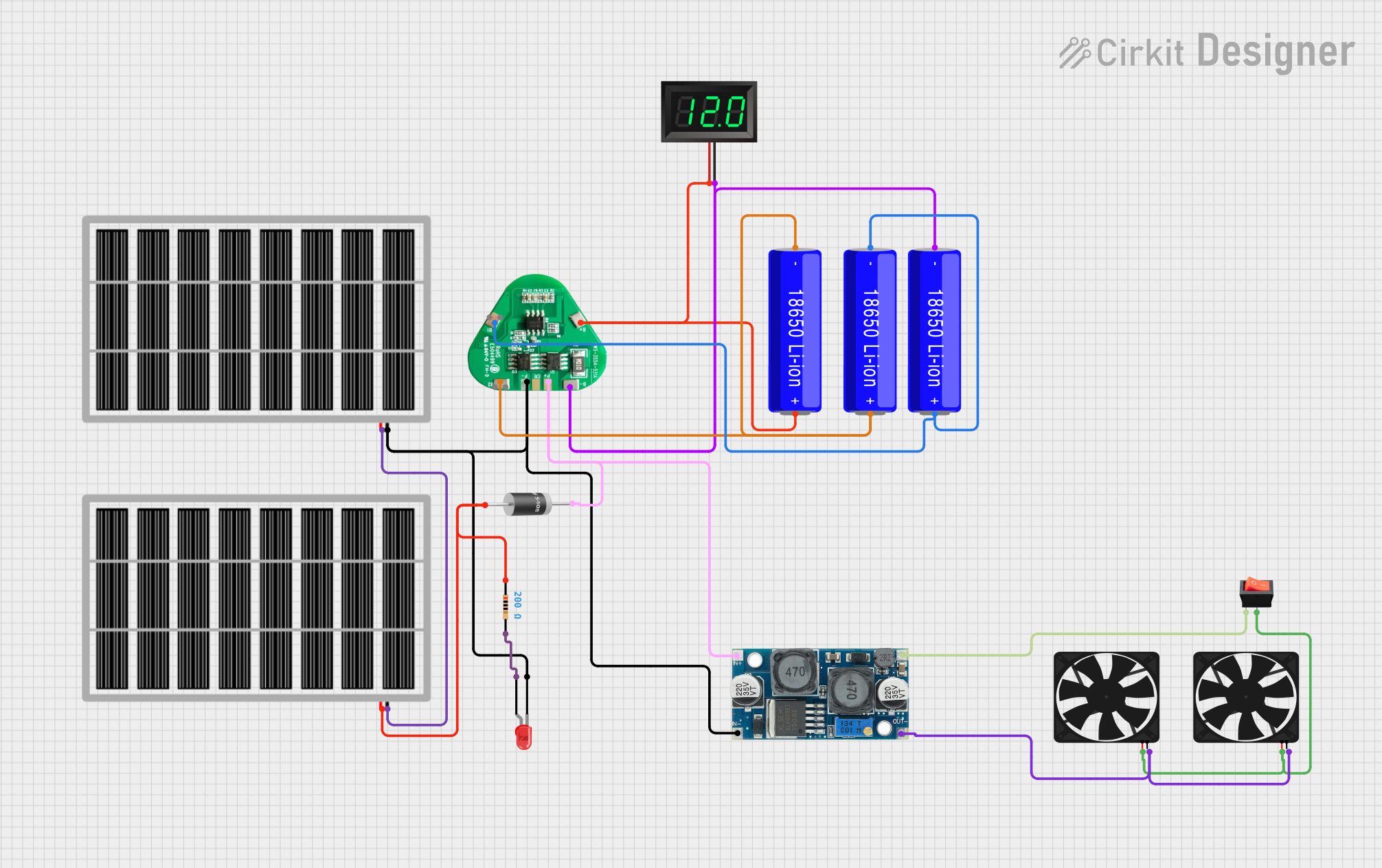
 Open Project in Cirkit Designer
Open Project in Cirkit DesignerExplore Projects Built with DISJUNTOR BIPOLAR

 Open Project in Cirkit Designer
Open Project in Cirkit Designer
 Open Project in Cirkit Designer
Open Project in Cirkit Designer
 Open Project in Cirkit Designer
Open Project in Cirkit Designer
 Open Project in Cirkit Designer
Open Project in Cirkit DesignerCommon Applications and Use Cases
- Protection of electrical circuits in homes, offices, and industrial facilities.
- Safeguarding sensitive equipment from damage caused by overcurrent or short circuits.
- Use in distribution panels for managing and isolating electrical loads.
- Ensuring compliance with safety standards in electrical installations.
Technical Specifications
The following table outlines the key technical details of the DISJUNTOR BIPOLAR:
| Parameter | Value |
|---|---|
| Manufacturer | STECK |
| Type | Bipolar Circuit Breaker |
| Rated Voltage | 240/415V AC |
| Rated Current | 10A, 16A, 20A, 32A, 40A, 50A, 63A |
| Breaking Capacity | 6 kA |
| Frequency | 50/60 Hz |
| Number of Poles | 2 (Bipolar) |
| Trip Curve | B, C, or D (depending on model) |
| Operating Temperature | -5°C to +40°C |
| Mounting Type | DIN Rail (35mm) |
| Standards Compliance | IEC 60898-1, IEC 60947-2 |
Pin Configuration and Descriptions
The DISJUNTOR BIPOLAR does not have traditional pins like electronic components but instead features terminals for connecting electrical wires. The table below describes the terminal configuration:
| Terminal | Description |
|---|---|
| L1 | Input terminal for the first live wire (phase 1). |
| L2 | Input terminal for the second live wire (phase 2). |
| T1 | Output terminal for the first live wire (phase 1) to the load. |
| T2 | Output terminal for the second live wire (phase 2) to the load. |
| Ground | (Optional) Grounding terminal for additional safety, depending on the model. |
Usage Instructions
How to Use the Component in a Circuit
Mounting the Circuit Breaker:
- Install the DISJUNTOR BIPOLAR on a standard 35mm DIN rail in the distribution panel.
- Ensure the breaker is securely locked into place.
Wiring the Circuit Breaker:
- Connect the input live wires (phases) to the L1 and L2 terminals.
- Connect the output live wires (phases) to the T1 and T2 terminals, leading to the load.
- If applicable, connect the ground wire to the grounding terminal.
Testing the Installation:
- After wiring, switch the breaker to the "ON" position and verify that the connected load operates correctly.
- Test the trip functionality by simulating an overload or short circuit condition (if safe to do so).
Resetting the Breaker:
- In the event of a trip, switch the breaker to the "OFF" position, identify and resolve the fault, and then switch it back to the "ON" position.
Important Considerations and Best Practices
- Always ensure the circuit breaker is rated for the voltage and current of the circuit it is protecting.
- Use appropriate wire sizes to handle the rated current without overheating.
- Avoid exposing the breaker to extreme temperatures or moisture to maintain its performance and longevity.
- Periodically inspect the breaker for signs of wear or damage and replace it if necessary.
- Ensure compliance with local electrical codes and standards during installation.
Troubleshooting and FAQs
Common Issues and Solutions
| Issue | Possible Cause | Solution |
|---|---|---|
| Breaker trips frequently | Overloaded circuit or short circuit | Reduce the load or identify and fix the short circuit. |
| Breaker does not trip during a fault | Faulty breaker or incorrect wiring | Verify wiring and replace the breaker if necessary. |
| Breaker cannot be reset | Persistent fault in the circuit | Inspect the circuit for faults and resolve them before resetting the breaker. |
| Excessive heat around the breaker | Loose connections or undersized wires | Tighten connections and ensure proper wire sizing. |
FAQs
Can the DISJUNTOR BIPOLAR be used for DC circuits?
- No, this breaker is designed for AC circuits only. For DC applications, use a breaker specifically rated for DC.
What is the difference between B, C, and D trip curves?
- B Curve: Trips at 3-5 times the rated current, suitable for residential use.
- C Curve: Trips at 5-10 times the rated current, ideal for commercial and industrial applications.
- D Curve: Trips at 10-20 times the rated current, used for high inrush current loads like motors.
How do I select the correct breaker rating?
- Determine the total load current of the circuit and choose a breaker with a slightly higher rated current. Ensure the breaker’s rating matches the wire size and application.
By following this documentation, users can safely and effectively install and operate the DISJUNTOR BIPOLAR by STECK, ensuring reliable protection for their electrical systems.